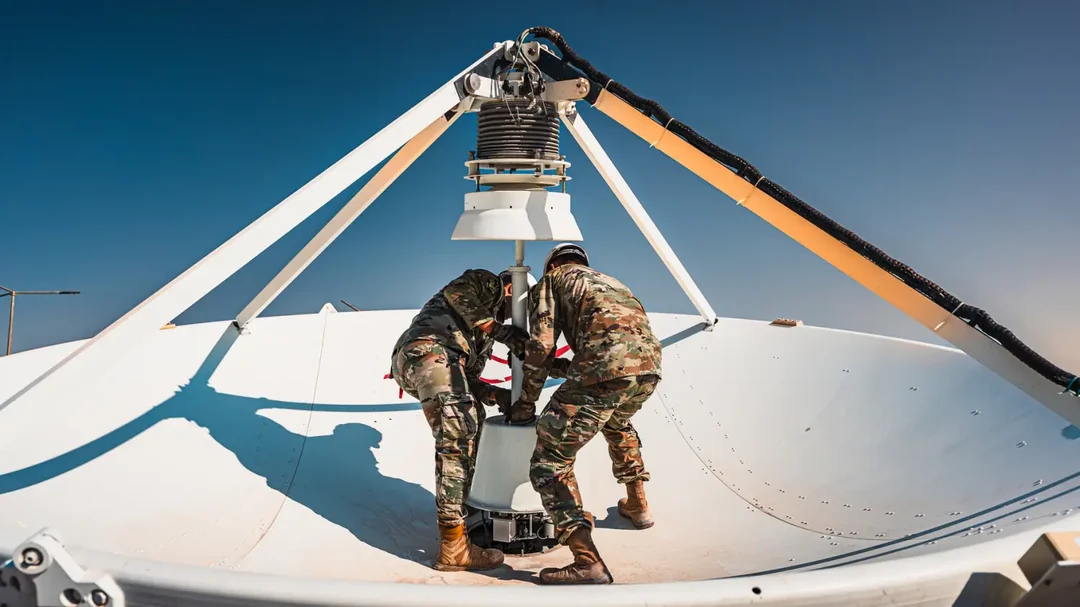
Space Warfare: Is America Ready to Fight in the Final Frontier?
The landscape of warfare is evolving, and the next battleground might be beyond our atmosphere. While the idea of space combat once belonged to science fiction, the United States Space Force is preparing for a new era where military dominance extends into orbit. But is America truly ready for space warfare?
General B. Chance Saltzman, Chief of Space Operations, has declared that the Space Force will take necessary measures to achieve military supremacy in space. This declaration comes as Russia and China are also developing capabilities to target U.S. satellites. It's no longer a question of if, but when, space will become a contested domain.
Why fight in space? Like airpower theory of the 20th century, space offers unique access to areas unreachable by ground or naval forces. Satellites provide persistent surveillance, reconnaissance, and communication capabilities, forming the backbone of military information architecture. As space power theorist Colin S. Gray put it, "Space warfare is a certainty in the future because the use of space in war has become vital."
The Ukraine war has already demonstrated the active contestation of space, with Russia jamming communication satellites supporting Ukrainian military operations. Space is no longer a sanctuary; it's a potential battleground.
Historically, new domains of warfare are rapidly weaponized. Why hasn't space followed suit? A combination of technology, policy, and world events has played a role. The 1967 Outer Space Treaty prohibited stationing nuclear weapons in space, preventing escalation during the Cold War. However, the rise of adversaries like China and Russia, who are actively militarizing space, is changing the game.

As General Michael Guetlein, the second in command of the U.S. Space Force, recently stated, China has been practicing "dogfighting" in space with experimental satellites.
What does space warfare look like? The U.S. Space Force's mission is to "secure our nation’s interests in, from, and to space." This includes defending against attacks on Earth targeting spacecraft, attacks from spacecraft in orbit, and combat operations within space itself.
Attacks "to space" involve terrestrial weapons like anti-satellite missiles, which the U.S., China, and Russia have developed. Russia has already successfully jammed Starlink communications satellites used by Ukraine. The U.S. Space Force has also fielded a satellite jammer called the Counter Communications system.
Saltzman emphasizes the need to "contest and control…to fight and win" in the space domain. This includes ensuring U.S. access to space while denying it to adversaries. He also argues that the ability to suppress an adversary’s space capability for a short amount of time is crucial. For example, satellite loitering near another satellite and jamming its signals as a form of information blockade.
The Path Forward:
General Douglas MacArthur's adage, "The history of failure in war can almost always be summed up in two words: 'Too late,'" rings true for space warfare. The Space Force is preparing, but further action is needed. One of which is funding. Saltzman has asked for an additional $10 billion for the Space Force budget.
The United States must also take calculated steps to avoid destabilizing nuclear stability. The commitment includes preventing the placement of nuclear weapons in space and strictly observing the Outer Space Treaty.
As the Space Force prepares to grow, Chief Master Sergeant of the Space Force John F. Bentivegna said the enlisted corps are the warfighters of the service and will grow faster than its officer corps.
The future of warfare is here, and it extends beyond Earth's atmosphere. Is America ready to fully embrace the challenges and opportunities of space warfare? What are your thoughts on the militarization of space? Share your opinions in the comments below.